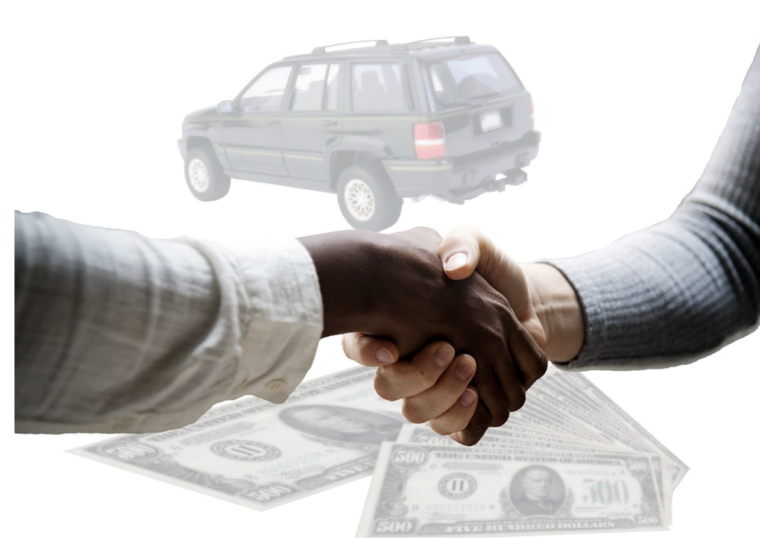Smart Tips for Buying a Second-hand Car
Buying a second-hand car is a big moment, so don’t take it lightly. If you’re considering purchasing a used car because the seller appears to be a good fellow or because the car is your favorite color, you need to step back and take a moment to pause. There are more important things that you must first check out before you agree to make the purchase.

Image source: https://pixabay.com/photos/car-sale-handshake-agreement-sold-3785932/
Get a Mechanic to Inspect the Car
Buying a second-hand car is exciting, and you may already be planning ways of personalizing it to make it feel more like your unique vehicle. For instance, you could add inexpensive modifications like decals and stickers or steering wheel covers. You could even buy a vanity plate to personalize your car even more. There are millions of personalized registration plates available, so it’s easy to do an online search to find one that suits your wants and needs. But before you get carried away with all the ways you can personalize your car, you need to focus on the car itself.
When looking at a potential second-hand car to buy, the first thing to check is the vehicle’s internal and external conditions. If you’re not a qualified mechanic, then get one to examine the car before you buy it. Getting a trusted and certified mechanic to do a thorough examination of the car will save you money in the long run, as you can avoid repairs and maintenance that may be needed, which you would otherwise be unaware of.
Take a Test Drive
Some people buy second-hand cars online without even looking at them in person. But you cannot possibly judge how good a car is without first examining it and taking it for a test drive. So, never buy a car without first seeing and testing it. A test drive is essential as it allows you to go through all of the vehicle’s major operating systems, like the steering, engine, and wheels. Also, don’t just take the car for a quick spin round the lot. You need to see how it handles on the road, so make sure you get it up to highway speed and test all of the car’s features and accessories. If you discover there’s something wrong, like the air conditioning not working, you need to know about it.
Check the Mileage
Don’t underestimate how important it is to check a second-hand car’s mileage. To discover whether the vehicle has high or low mileage, look at the odometer and divide the number of miles by the age of the vehicle. The mechanical components of a car with high mileage often have more wear and tear, so it’s best to buy a car with low mileage.
Examine the Warranty
If the seller of the car tells you it comes with a warranty, you must find out what the exact terms of the warranty are. Aftermarket warranties for second-hand cars come in all shapes and sizes, and some warranties are practically useless. Make sure the seller of the vehicle provides you with documentation that shows who the warrantor is and how you can make any claims.
Check the Registration Certificate
When buying a second-hand car, you need to ensure that the seller is the real owner of the car. It’s also beneficial to know how many previous owners there have been. You can check those things by looking at the owner serial number in the car’s registration certificate. You should also check that the previous owner has paid all dues, such as road tax.
